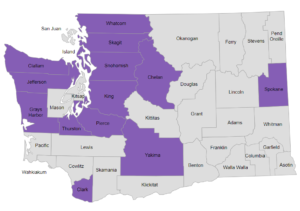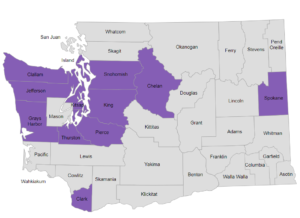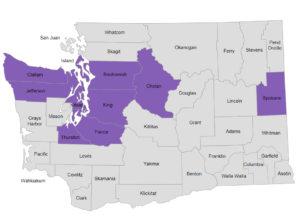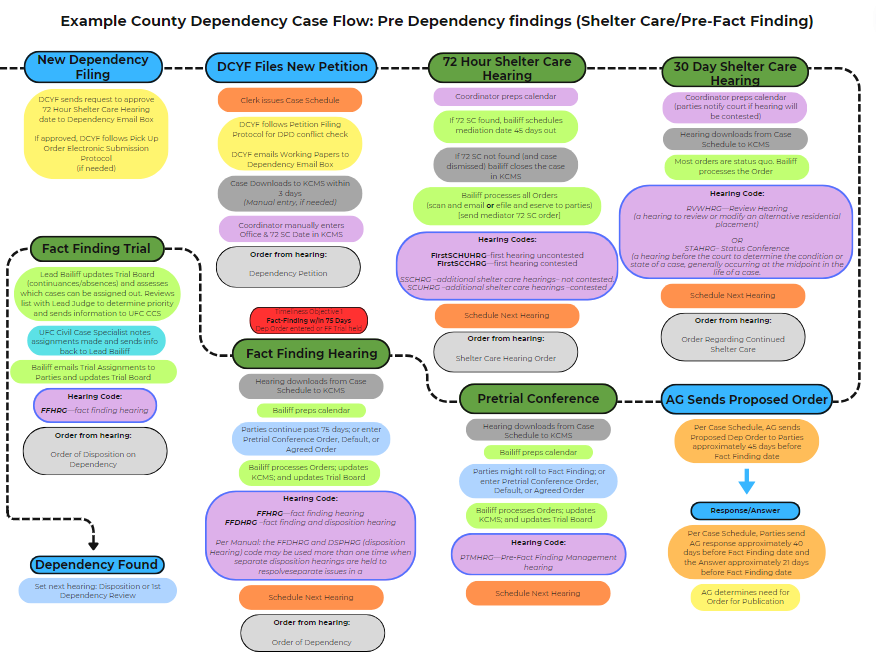
Family Time Visitation
The goal of Family Time is to provide the maximum parent, child, and sibling contact possible, while keeping the child safe. When children are removed from their parents, even when necessary for their safety, and artificial visiting arrangements are imposed that prevent parents from being parents and children from being children, they become distanced and that can be harmful to parents and children alike. 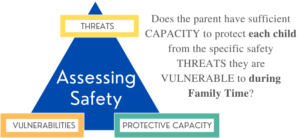
Every time that we do not maintain safe connections between children in care and their parents and siblings, we are contributing to the trauma that children and families experience in the child welfare system. Whenever a child is placed out-of-home, maintaining connections to the people, places and things that they know is critical to helping children feel safe, regulate their emotions and exercise control over their behavior. It is not merely a matter of a child missing their parent, it is a matter of healthy brain development, maintaining critical bonds, and prevention of trauma that can persist for generations. Family time visitation provides a crucial mechanism to preserve the parent-child relationship during separations while the family works towards the ultimate goal of reunification. In general, the more visitation a child and parent can have means more opportunities for that relationship to be maintained and strengthened.
“Family time offers reassurance for children and their parents, opportunities to strengthen cultural and kinship connections, and motivation for parents to enroll in treatment or meet other permanency plan requirements.”
Casey Family Programs
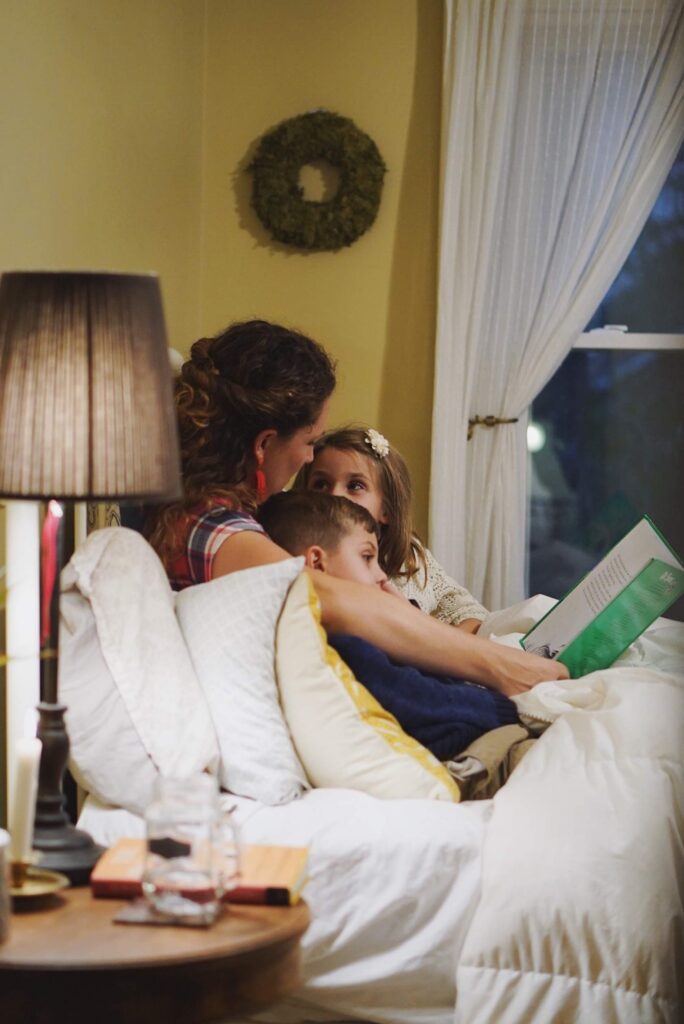
HB 1194: Strengthening Parent-Child Visitation
In 2021, the Washington State Legislature passed HB 1194, which changed the dependency courts’ role in evaluating and ordering family time by requiring parties to provide a safety justification for supervision and monitoring of visits. A key component of the law is the presumption that any previous requirement for supervision or monitoring of visits is no longer necessary, and Family Time visits should proceed unsupervised. A party asserting that supervision or monitoring is needed must submit a report to court with evidence that removing oversight will make the child unsafe during a visit.
“Parent-child visits are a key strategy to minimizing time in out-of-home care and working toward reunification of the family.”
Child Welfare Information Gateway
Creating Safety in Family Time
Court systems can use the elements of family time plans to create safety, promote family bonding, and help children adjust to being out of home. Families are best served when courts tailor the family time schedule to include frequent family time visits, both in-person and virtual, that increase in frequency and duration as the parent progresses in resolving the safety issues in the home.
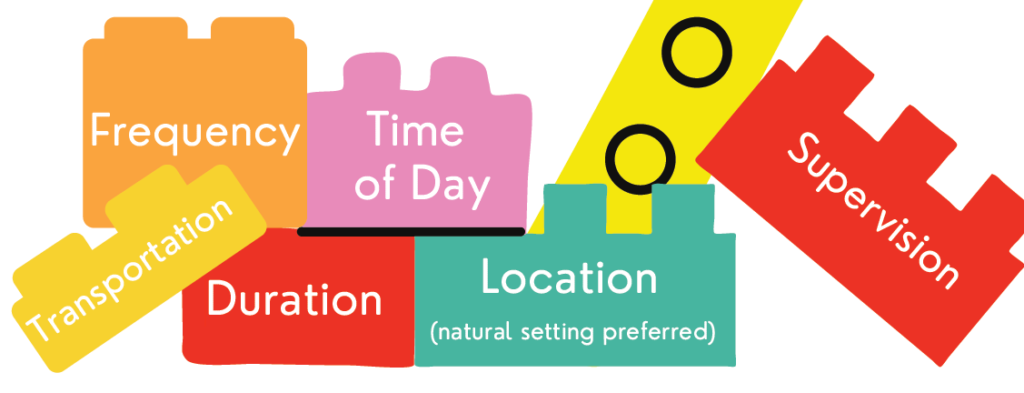
.
• The first family time visit should occur as soon as safely possible and ongoing family time visits should be scheduled around the child’s schedule and routine.
•Schedule ongoing, consistent, regular, and frequent family time as long as it is safe for the child, to include ongoing contact, such as virtual and telephone contact, in addition to scheduled face-to-face contact.
• Visits should occur is a home-like, natural setting that allows for the developmental needs of child. Consider cultural factors such as a place of worship, home of friend or relative, where family’s home language is spoken.
• Only require supervision or monitoring if it is absolutely necessary to ensure the safety of the child during the family time visit.
• Prioritize natural supports whenever it is safe to do so. By utilizing natural supports in a manner that ensures child safety, the amount of visitation between a child and parent can be maximized outside of the resource constraints of the child welfare system.
• Arrange for a transporter known to the child, ideally the caregiver. If the child and parent are separated by long distance, require that the parent be transported.

Resources


